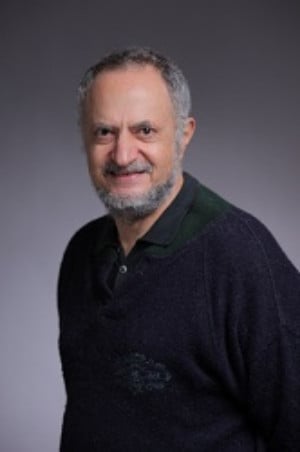Molecular Research of Epidermal Stem Cells
A special issue of International Journal of Molecular Sciences (ISSN 1422-0067). This special issue belongs to the section "Biochemistry".
Deadline for manuscript submissions: closed (30 June 2013) | Viewed by 167695
Special Issue Editor
Interests: molecular biology and genetics of human keratin genes; transcriptional profiling of skin cells using DNA microarrays; effects of UV light on skin; signal transduction in skin during inflammatory and proliferative processes; epidermal stem cells and differentiation
Special Issues, Collections and Topics in MDPI journals
Special Issue Information
Dear Colleagues,
Arguably among the most exciting research areas, stem cell biology recently burst out with extraordinary thrill and promise. Because of its accessibility, epidermis was among the first organs targeted by stem cell researchers. Several crucial discoveries relating to stem cells biology originated in skin research, the origins of cancers, the influence of the niche, role in wound healing and use in gene replacement therapy, to name a few. The field is fast-moving, but sufficiently mature to warrant a special inclusive and comprehensive overview to define its range, challenges and future directions.
The goal of this special issue is to provide a summary of the field, describe its impact as well as introduce the recent advances in the Molecular Research of Epidermal Stem Cells. Both keratinocyte and melanocyte stem cells will be addressed, mainly those in the hair follicles, but the extrafollicular ones as well. This issue will address the markers of epidermal stem cells, the role of the niche, the regulatory processes governing quiescence and emergence into proliferation, epigenetics, interface of stem cells with cancer and wound healing, and their use in treating dermatologic disorders.
Dr. Miroslav Blumenberg
Guest Editor
Submission
Manuscripts should be submitted online at www.mdpi.com by registering and logging in to this website. Once you are registered, click here to go to the submission form. Manuscripts can be submitted until the deadline. Papers will be published continuously (as soon as accepted) and will be listed together on the special issue website. Research articles, review articles as well as communications are invited. For planned papers, a title and short abstract (about 250 words) can be sent to the Editorial Office for assessment.
Submitted manuscripts should not have been published previously, nor be under consideration for publication elsewhere (except conference proceedings papers). All manuscripts are refereed through a peer-review process. A guide for authors and other relevant information for submission of manuscripts is available on the Instructions for Authors page. International Journal of Molecular Sciences is an international peer-reviewed Open Access semimonthly journal published by MDPI.
Please visit the Instructions for Authors page before submitting a manuscript. The Article Processing Charge (APC) for publication in this open access journal is 1600 CHF.
Keywords
- bulge region
- cancer
- epidermis
- epigenetics
- gene replacement therapy
- hair
- ichthyosis
- melanocyte
- niche
- sebaceous gland
- skin
- wound healing
Benefits of Publishing in a Special Issue
- Ease of navigation: Grouping papers by topic helps scholars navigate broad scope journals more efficiently.
- Greater discoverability: Special Issues support the reach and impact of scientific research. Articles in Special Issues are more discoverable and cited more frequently.
- Expansion of research network: Special Issues facilitate connections among authors, fostering scientific collaborations.
- External promotion: Articles in Special Issues are often promoted through the journal's social media, increasing their visibility.
- Reprint: MDPI Books provides the opportunity to republish successful Special Issues in book format, both online and in print.
Further information on MDPI's Special Issue policies can be found here.






